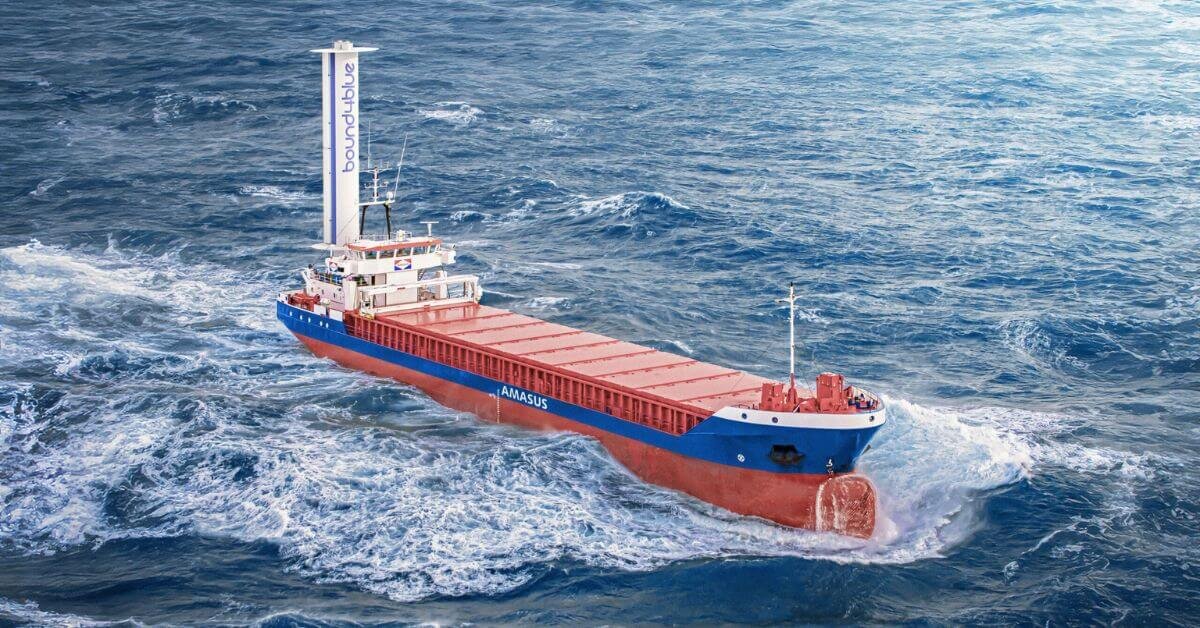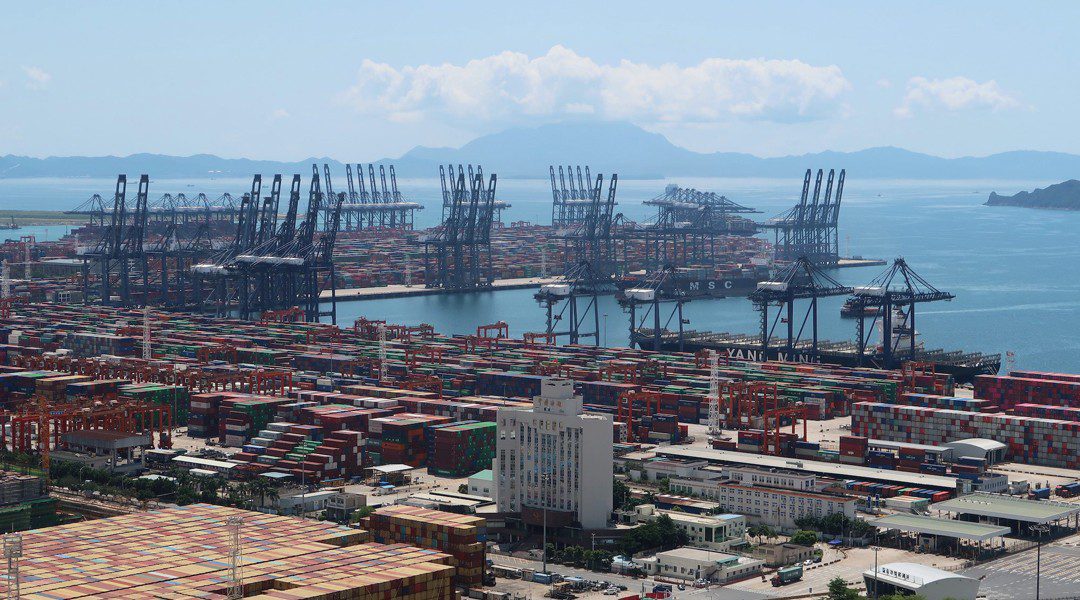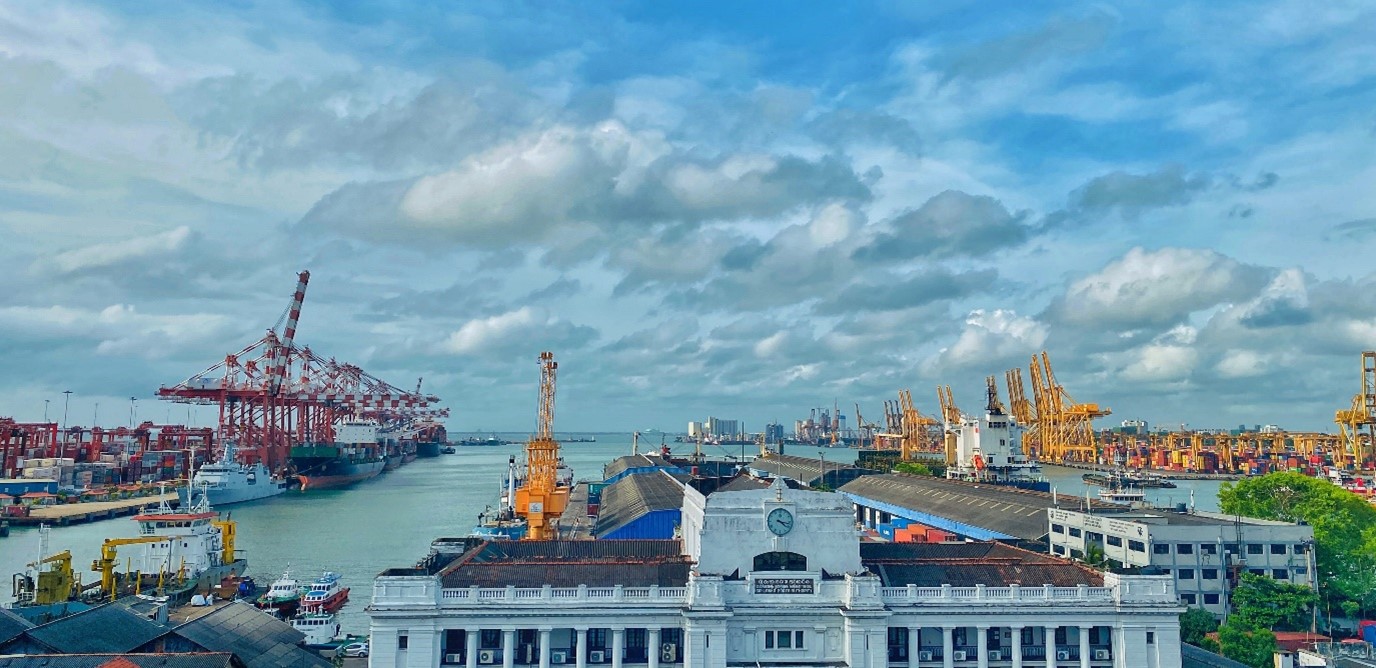Image source: ACP
Shipping news, the Panama Canal, a key shipping route connecting the Pacific and Atlantic oceans, achieved strong growth in both revenue and transit volume in fiscal year 2025, marking a significant recovery from the drought restrictions of the previous year.
According to preliminary unaudited results released by the Panama Canal Authority (ACP), the Panama Canal recorded 13,404 transits in fiscal year 2025, a year-on-year increase of 19.3% compared to 11,240 transits in the previous fiscal year. Among these, Neopanamax vessel transits numbered 3,342, and Panamax vessel transits numbered 10,062. This growth signifies a strong rebound in canal operations from the low point in fiscal year 2024—when, constrained by severe drought, transits plummeted 29% from fiscal year 2023 to just 9,936.
Information from the official website shows that the total cargo volume handled by the Panama Canal in fiscal year 2025 reached 489.1 million PC/UMS tons (Panama Canal Universal Measurement System), a year-on-year increase of 15.6%. Neopanamax vessels contributed 253.6 million tons, while Panamax vessels handled 235.5 million tons, highlighting the continued important role of both lock types in global connectivity.
The financial performance of the Panama Canal in fiscal year 2025 was equally impressive. Specifically, the canal achieved total revenue of 5.705 billion Balboas, a year-on-year increase of 14.4%; and achieved a net profit of 4.134 billion Balboas, far exceeding expectations and representing a 20.21% increase compared to the 3.439 billion Balboas in the same period last year. The ACP stated that this performance confirms the Panama Canal’s exceptional financial and operational strength, as well as its efficient resource allocation capabilities, in a challenging global environment.
In terms of market segments, container and liquefied petroleum gas (LPG) transportation were the main growth drivers in fiscal year 2025. The dry bulk carrier sector continued its recovery trend. However, the performance of liquefied natural gas (LNG) vessels fell short of expectations, primarily attributed to the impact of international shipping market freight rates. The revenue performance also benefited from certain special factors, including the “early loading” operation which contributed at least 100 million Balboa in revenue, and the medium and long-term lock slot allocation plan which helped partially offset the impact of reduced LNG transits.
With a solid financial foundation and outstanding operational results, the Panama Canal is strategically prepared for a series of major investments scheduled to commence in 2026. These investments aim to strengthen the water supply capacity and long-term competitiveness of this interoceanic route, ensuring its continued efficient service to global maritime trade.




